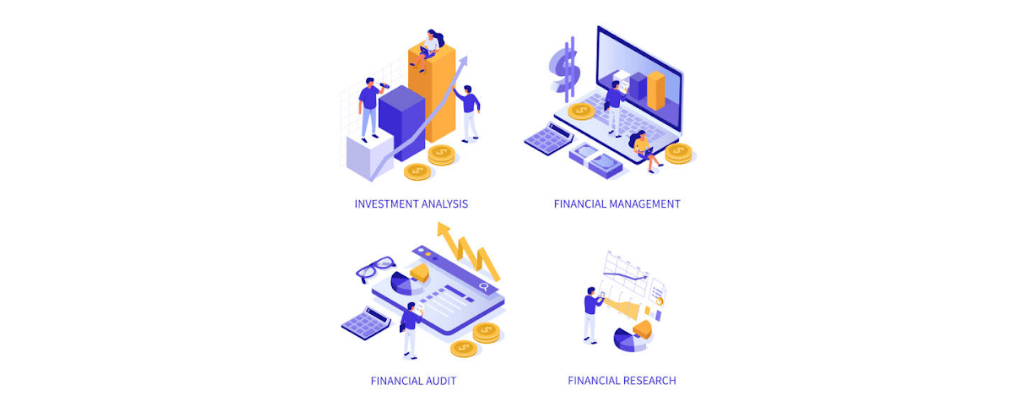
Even though the term, “psychological safety”, has been around for a long time, the answer to whether it’s widely implemented in workplaces remains “no”. Research shows only 14% of employees were satisfied with their company’s culture and psychological safety training. Even worse is that 45% of employees feel that psychological safety in the workplace is poor or non-existent.
While skills like decision-making, problem-solving, emotional intelligence, and conflict resolution remain the foundation of a leader, psychological safety should be the icing to it. Psychological safety training for leaders is crucial to create a safe environment for the employees. It enables them to motivate their team members, encourage them to innovate and drive success effectively.
This article explores ways psychological safety can help you become a better leader. Before diving deeper, let’s first go over the concept of psychological safety.
What Is Psychological Safety?
Psychological safety is creating an environment where employees don’t fear humiliation, aren’t afraid to express their concerns to their boss, have a sense of freedom to voice their opinions, and are open to taking risks without fear of failure. With psychological safety, team members can admit their mistakes without being apprehensive about the negative consequences.
Why Is Psychological Safety Important?
Psychological safety in the workplace is essential for the growth of an organization. A workplace where team members have a sense of security to express their opinions and are willing to take risks without fearing failure creates a fruitful environment. And this further contributes to an inclusive workplace. Additionally, they’ll feel more motivated and show involvement in sharing ideas and feedback.
6 Ways Psychological Safety Training Leads to Better Leadership
Builds Trust and Collaboration
Creating a place where employees feel safe paves the way to trust their peers and allows them to collaborate efficiently. But it is easier said than done. This is where psychological safety comes into play. As a leader, you should show your teammates that their opinion matters and holds the potential to make an impact. This is how you build trust in them. You have to ensure their voices are heard by breaking the workplace hierarchy.
Encourage Transparency in Communication
Many times, we have a fear of miscommunicating things. It is natural to feel we can say what we must, and decoding that information is on eth receiver’s end. That isn’t the case in the workplace. In an organization, open communication is crucial as it boosts productivity.
If employees don’t have open communication, how can they get things done? Having clear, transparent communication saves a lot of confusion and a whole lot of time. This enhances engagement, and that engagement between employees boost productivity.
Empower the Growth and Development of the Employees
The fear of judgment and failure will ruin growth and progress. As a leader, you are responsible for setting an environment where everyone feels they are being heard.
With the help of psychological safety training, you can do just that. Instead of blaming them for their mistakes, provide constructive criticism and foster a learning mindset. It helps develop a growth-oriented mindset and aids in eliminating a fixed mindset. This, in turn, yields fruitful results, like embracing personal and professional growth. And naturally, this also leads to improved performance and job satisfaction.
Support Risk Taking and Innovation
You might have come across people saying you should celebrate not only your successes but also your failures. However, we are not Rudyard Kipling to treat triumph and disaster similarly. As a leader, you should promote the mindset of risk-taking. No significant growth will happen if you don’t encourage your teammates to leave their comfort zone and take risks.
By recognizing efforts and rewarding critical thinking, you can see increased involvement of the employees in innovation. Psychological safety training promotes risk-taking and encourages employees to do something new without fearing failure or humiliation.
Promote Inclusion and Diversity
Diversity and inclusion are essential attributes of any organization. Individuals must feel safe expressing their uniqueness and versatility without being perceived as alien. As a leader, you must address diverse voices, revise outdated or biased policies, and promote inclusive practices to ensure no one feels left out. Psychological safety is crucial for understanding individual differences, and it further promotes diversity in the workplace.
Conflict Resolution and Providing Constructive Criticism
As mentioned before, conflict resolution is a crucial skill of a leader. COnflicts are inevitable in any workplace, as people with diverse cultures, beliefs and mindsets will be present. As a leader, you should be able to resolve those conflicts healthily. Psychological safety paves the way for that.
It also empowers leaders to handle conflicts better and deliver constructive criticisms. A psychologically safe environment serves as a platform where conflicts are discussed openly and feedback is provided with the intention of growth and progress.
Final Thoughts
Gone are the days when employees felt that expressing their emotions at work is considered taboo. As we’ve progress, emotional vulnerability and awareness at work has grown more acceptable. Because if your doubts and worries are left unresolved, it can harm your personal and professional growth.
So, be the leader with whom your team members can sit and talk their minds. Be a safe place where they can voice their concerns and suggest new ideas for the organization’s growth without a sense of panic. If you can do this at the very least, then psychological safety will help you become a better leader.
Last Updated:
Article guest written by Daniel Martin. Dan has hands-on experience in digital marketing as far back as 2007. He has been building teams and coaching others to foster innovation and solve real-time problems. Dan also enjoys photography and traveling.





